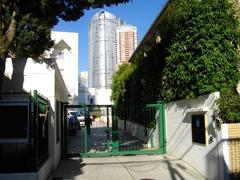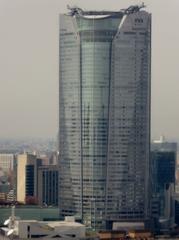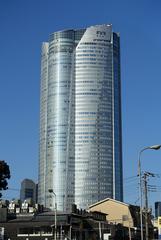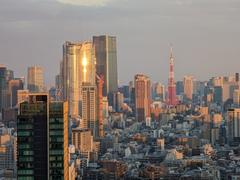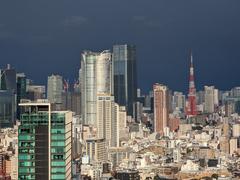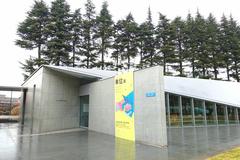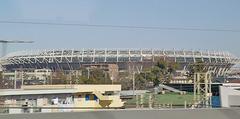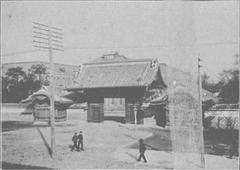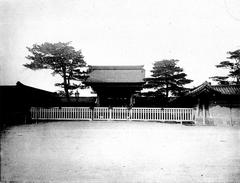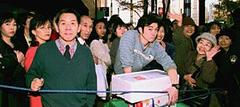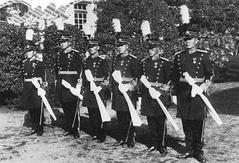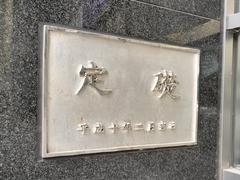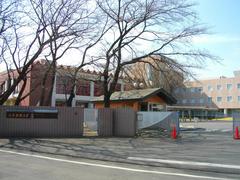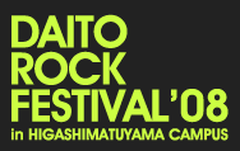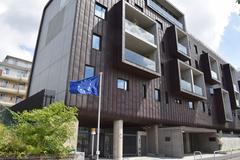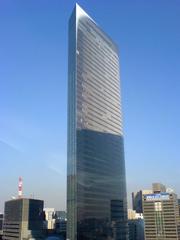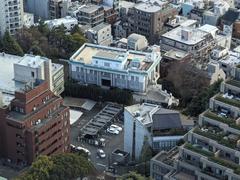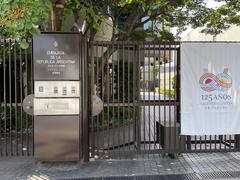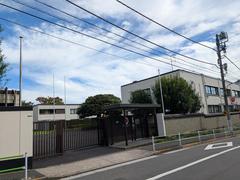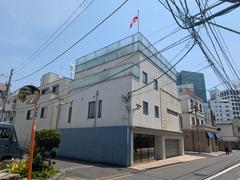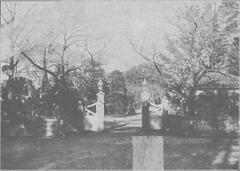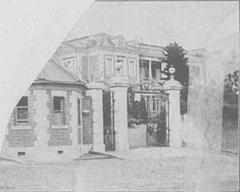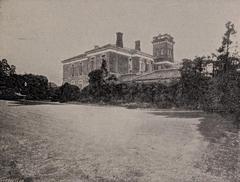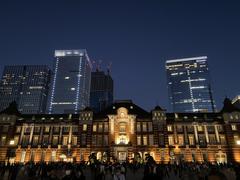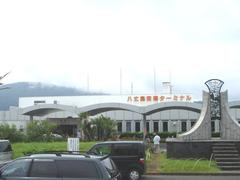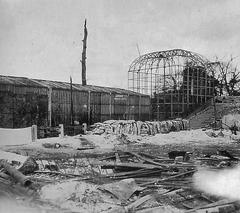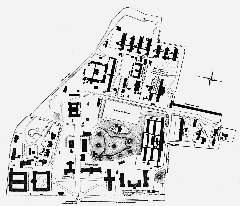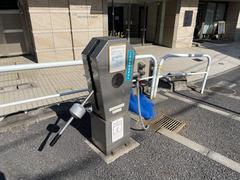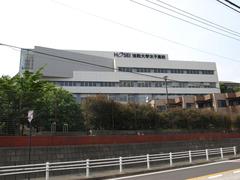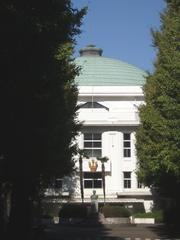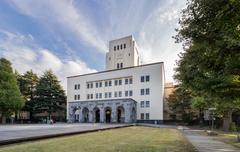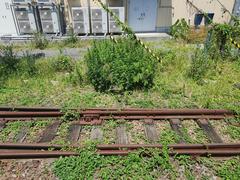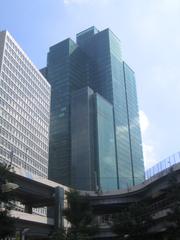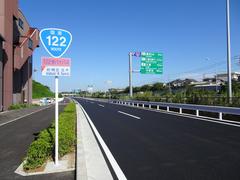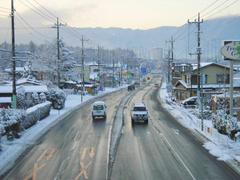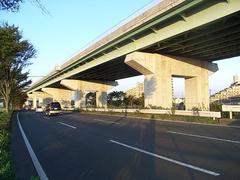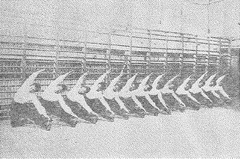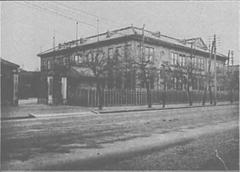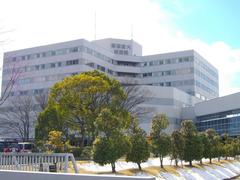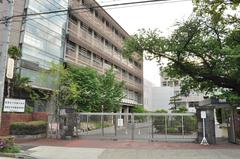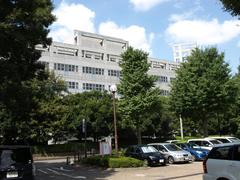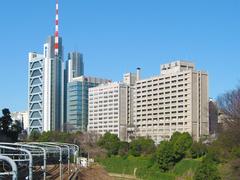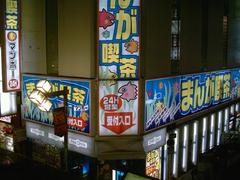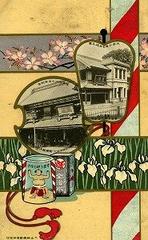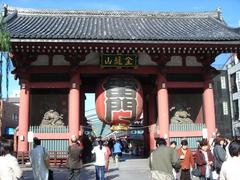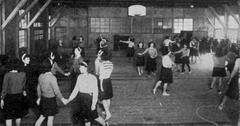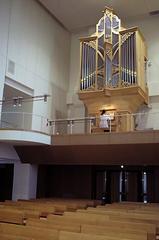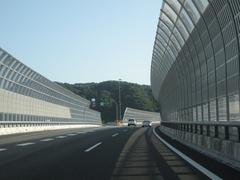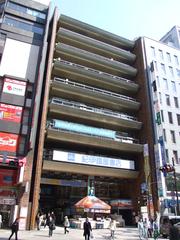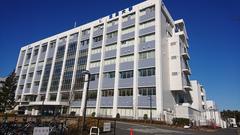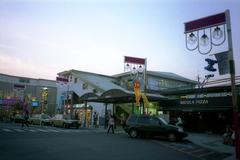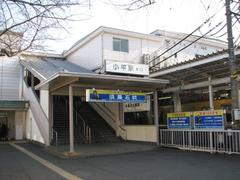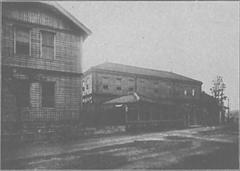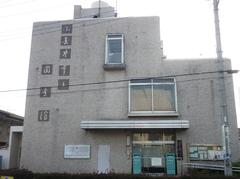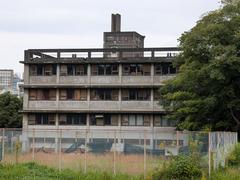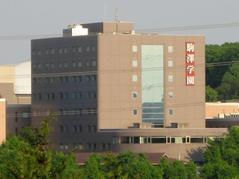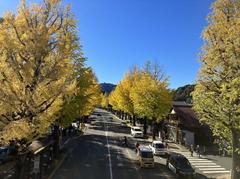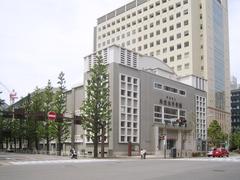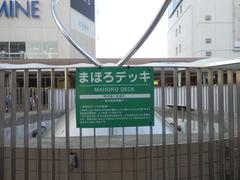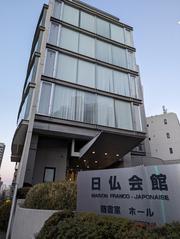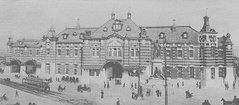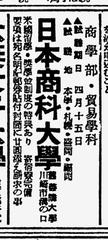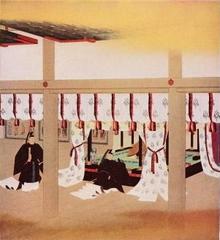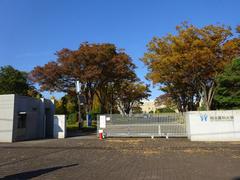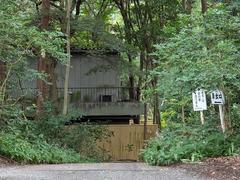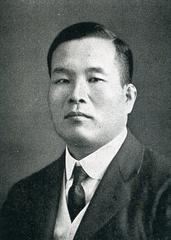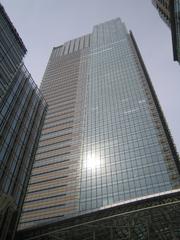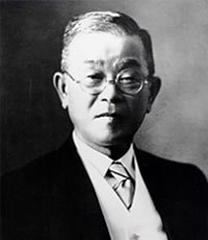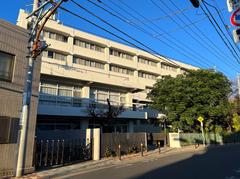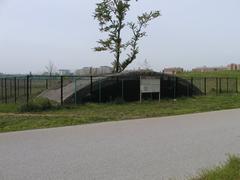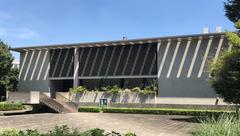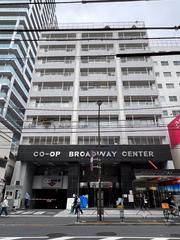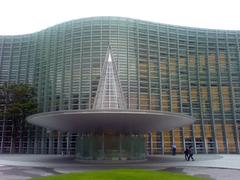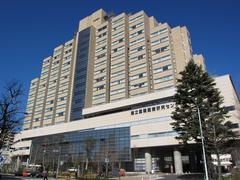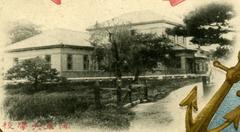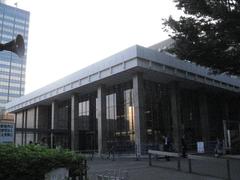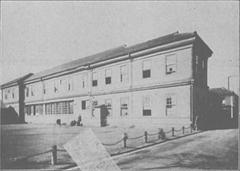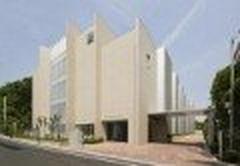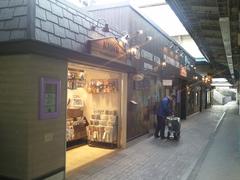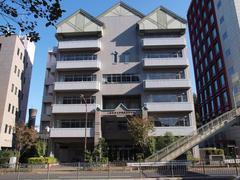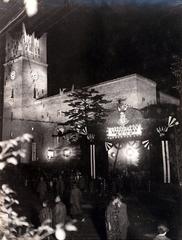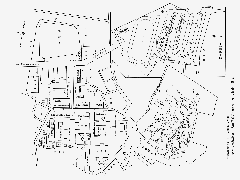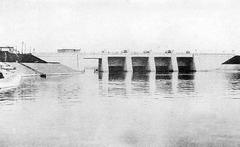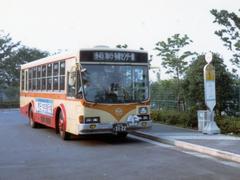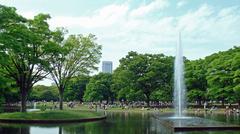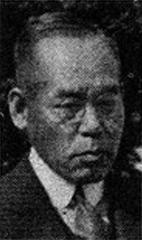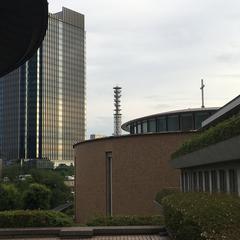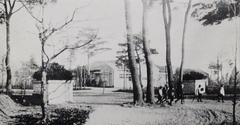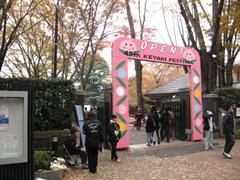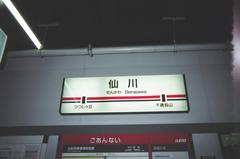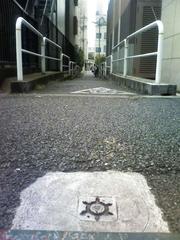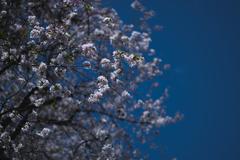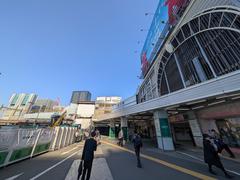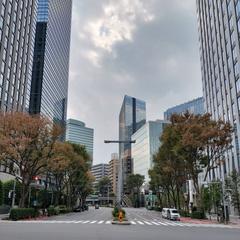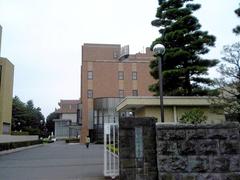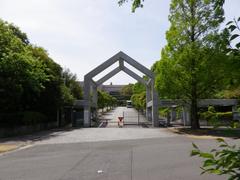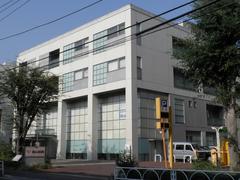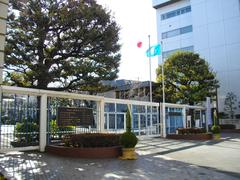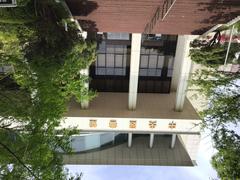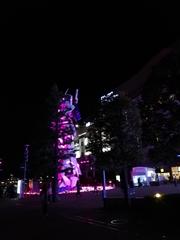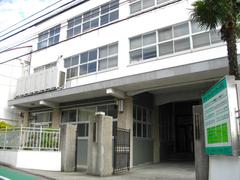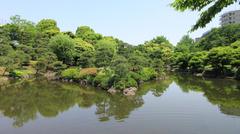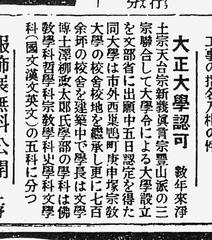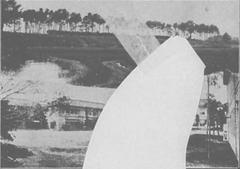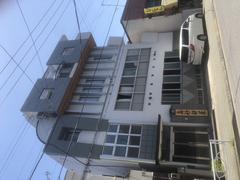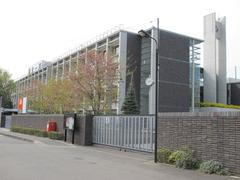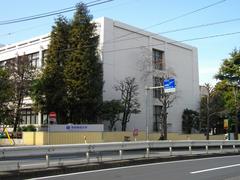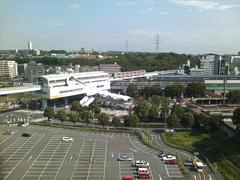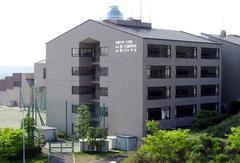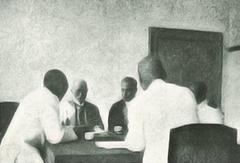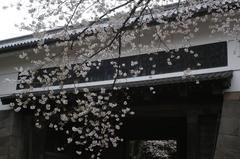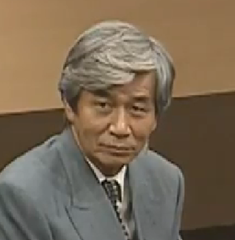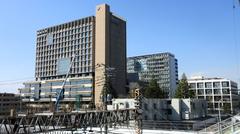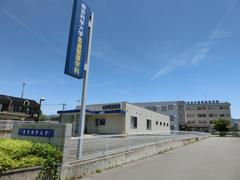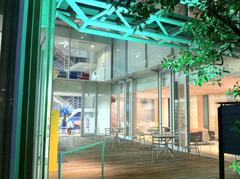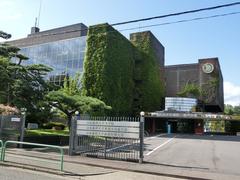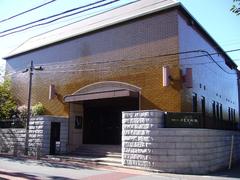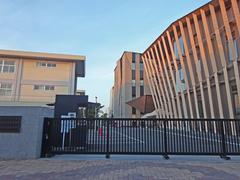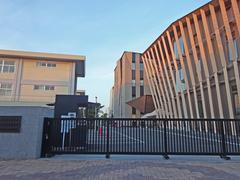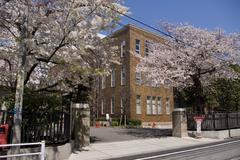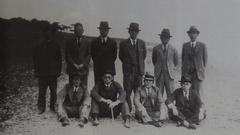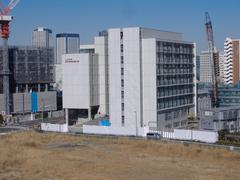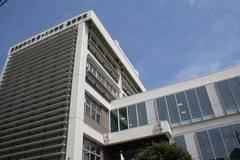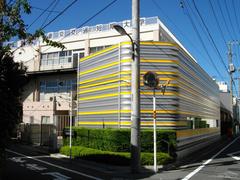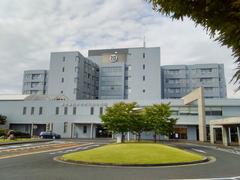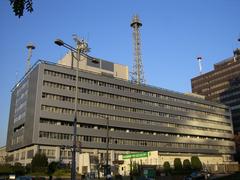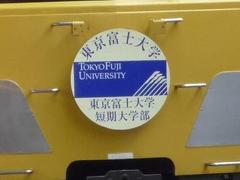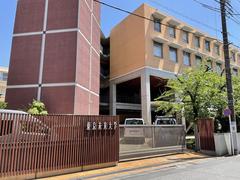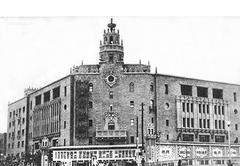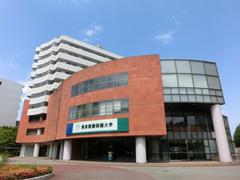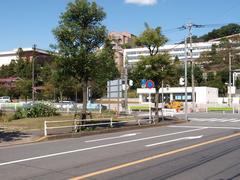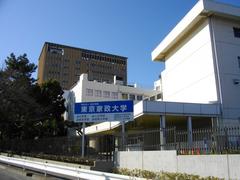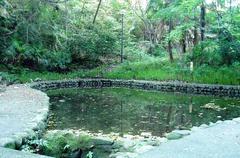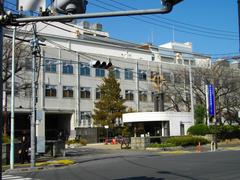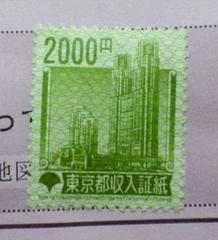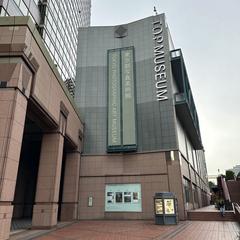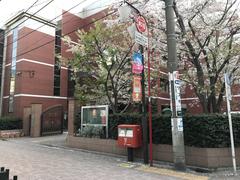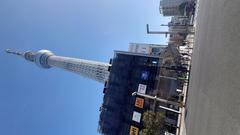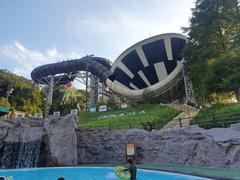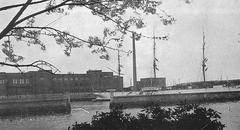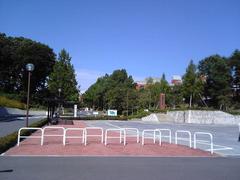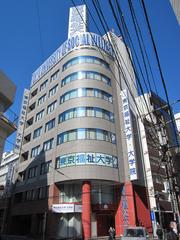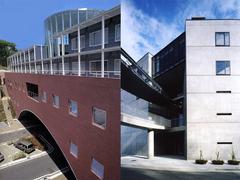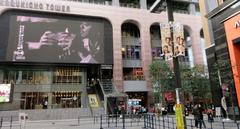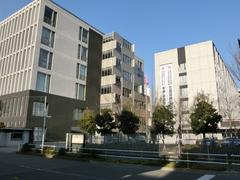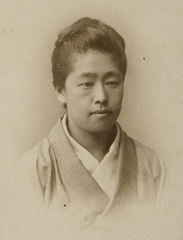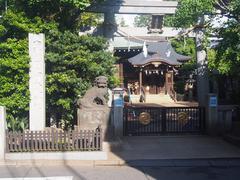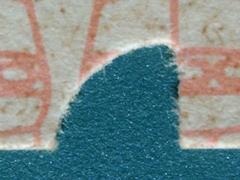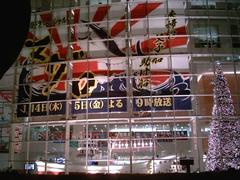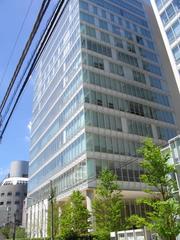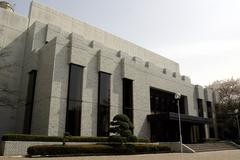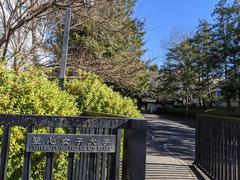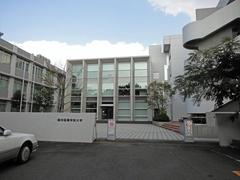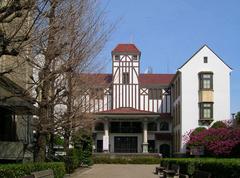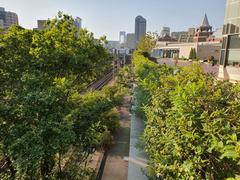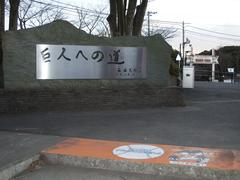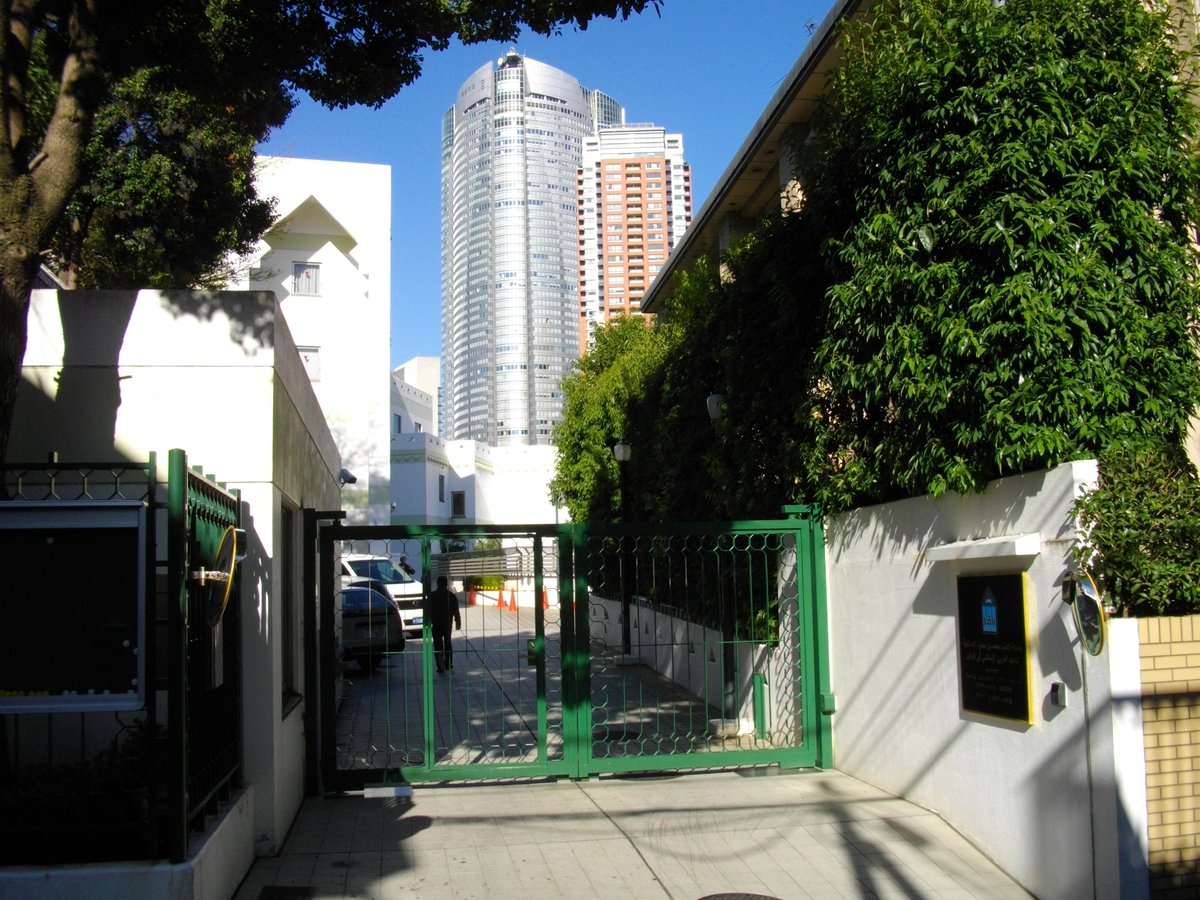
Comprehensive Guide to Visiting Roppongi Hills, Tokyo, Japan
Date: 19/07/2024
Introduction
Roppongi Hills stands as a testament to Tokyo’s blend of modernity and tradition. Officially opened in April 2003, this landmark urban development was spearheaded by the visionary real estate developer Minoru Mori and the Mori Building Company. Spanning 17 years from its initial planning in 1986, the project cost approximately $4 billion, marking it as one of Japan’s most expensive private urban redevelopment projects (Japan Times). Roppongi Hills is more than just a commercial complex; it is a cultural and economic hub that has transformed the Roppongi district from a nightlife hotspot into a center for art, business, and leisure. The architectural marvel of the Mori Tower, designed by Kohn Pedersen Fox Associates, and the Mori Art Museum, designed by Richard Gluckman, showcase cutting-edge design and seismic technology (KPF). This guide aims to provide a thorough exploration of Roppongi Hills, including its history, architecture, visitor information, cultural and economic impact, and practical tips for a memorable visit.
Table of Contents
- and-significance)
- significance)
- information)
- impact)
- significance)
- and-environmental-initiatives)
- tips)
- events-and-guided-tours)
- spots)
- and-future-prospects)
History and Significance
Roppongi Hills, a prominent urban development in Tokyo, Japan, was officially opened in April 2003. The project was spearheaded by the Mori Building Company, led by Minoru Mori, a visionary real estate developer. The development of Roppongi Hills was part of a broader urban renewal initiative aimed at transforming Tokyo into a global city. The project took 17 years to complete, from its initial planning stages in 1986 to its grand opening in 2003. The total cost of the project was approximately $4 billion, making it one of the most expensive private urban redevelopment projects in Japan’s history (Japan Times).
Architectural Significance
Roppongi Hills is renowned for its architectural innovation and design. The centerpiece of the development is the Mori Tower, a 54-story skyscraper that stands at 238 meters tall. Designed by the renowned architectural firm Kohn Pedersen Fox Associates, the Mori Tower is a symbol of modern urban architecture. The building’s design incorporates advanced seismic technology to withstand earthquakes, a crucial feature given Tokyo’s seismic activity (KPF).
The development also includes the Roppongi Hills Arena, a versatile outdoor event space, and the Mori Art Museum, which is located on the 53rd floor of the Mori Tower. The museum, designed by the architect Richard Gluckman, is dedicated to contemporary art and has hosted numerous high-profile exhibitions since its opening (Mori Art Museum).
Visitor Information
- Visiting Hours: Roppongi Hills is accessible 24/7, but specific attractions like the Mori Art Museum and Tokyo City View have their own operating hours. Check the official websites for the most current visiting hours.
- Tickets: Ticket prices vary depending on the attraction. For example, entry to the Mori Art Museum and Tokyo City View observation deck can be bundled at a discounted rate. For the latest ticket prices and purchasing options, visit the relevant official websites.
Cultural Impact
Roppongi Hills has had a significant cultural impact on Tokyo and Japan as a whole. The development has transformed the Roppongi district, historically known for its nightlife, into a hub of art, culture, and business. The Mori Art Museum, in particular, has played a crucial role in promoting contemporary art in Japan. The museum’s exhibitions have featured works by both Japanese and international artists, contributing to the global exchange of artistic ideas (Artforum).
In addition to the Mori Art Museum, Roppongi Hills is home to the Tokyo City View, an observation deck located on the 52nd floor of the Mori Tower. The observation deck offers panoramic views of Tokyo and has become a popular tourist attraction. The combination of art, culture, and breathtaking views has made Roppongi Hills a must-visit destination for both locals and tourists (Tokyo City View).
Economic Significance
Roppongi Hills has also had a substantial economic impact. The development includes office spaces, residential apartments, retail shops, restaurants, and entertainment facilities. The Mori Tower alone houses numerous multinational corporations, making it a significant business hub. The presence of these companies has contributed to the economic vitality of the Roppongi district and Tokyo as a whole (Nikkei Asia).
The retail and entertainment facilities within Roppongi Hills attract millions of visitors annually, generating significant revenue. The development’s success has inspired similar urban renewal projects in other parts of Tokyo and Japan, further contributing to the country’s economic growth (Japan Property Central).
Social and Environmental Initiatives
Roppongi Hills is also notable for its social and environmental initiatives. The development includes extensive green spaces, such as the Mohri Garden, a traditional Japanese garden that provides a tranquil oasis in the heart of the city. The garden is named after the Mori family and reflects their commitment to integrating nature into urban environments (Roppongi Hills).
The Mori Building Company has also implemented various sustainability initiatives within Roppongi Hills. These include energy-efficient building designs, waste reduction programs, and initiatives to promote biodiversity. The company’s commitment to sustainability has earned Roppongi Hills several environmental awards and certifications (Mori Building).
Travel Tips
- Best Time to Visit: Spring and autumn are ideal due to pleasant weather and beautiful seasonal changes in the Mohri Garden.
- Getting There: Roppongi Hills is easily accessible via the Tokyo Metro Hibiya Line and the Toei Oedo Line. The closest station is Roppongi Station.
- Nearby Attractions: Nearby attractions include Tokyo Midtown, the National Art Center, and the historical Zojoji Temple.
- Dining: A wide variety of dining options are available, ranging from casual eateries to high-end restaurants.
Special Events and Guided Tours
Roppongi Hills frequently hosts special events such as seasonal festivals, art exhibitions, and live performances. Guided tours are available for those interested in a more in-depth exploration of the area. Check the official website for the latest events and tour information.
Photographic Spots
- Mori Tower Observation Deck: Offers panoramic views of Tokyo, ideal for capturing the cityscape.
- Mohri Garden: A perfect spot for nature photography.
- Roppongi Hills Arena: Often decorated for seasonal events, providing unique photo opportunities.
Legacy and Future Prospects
Roppongi Hills has left a lasting legacy on Tokyo’s urban landscape. The development has set a benchmark for urban renewal projects in Japan and worldwide. Its success has demonstrated the potential for private-sector-led urban development to create vibrant, sustainable, and culturally rich urban environments.
Looking to the future, Roppongi Hills continues to evolve. The Mori Building Company has announced plans for further developments and enhancements within the area, including new office spaces, residential buildings, and cultural facilities. These initiatives aim to ensure that Roppongi Hills remains a dynamic and attractive destination for years to come (Mori Building).
FAQ
Q: What are the visiting hours for Roppongi Hills? A: Roppongi Hills is accessible 24/7, but specific attractions like the Mori Art Museum and Tokyo City View have their own operating hours. Check the official websites for the most current visiting hours.
Q: How much are tickets to Roppongi Hills? A: Ticket prices vary depending on the attraction. For example, entry to the Mori Art Museum and Tokyo City View observation deck can be bundled at a discounted rate. For the latest ticket prices and purchasing options, visit the relevant official websites.
Conclusion
Roppongi Hills is a landmark development that has significantly impacted Tokyo’s urban landscape. Its architectural innovation, cultural contributions, economic significance, and commitment to sustainability make it a model for urban development worldwide. The Mori Art Museum and Tokyo City View offer enriching cultural experiences, while the diverse dining and shopping options cater to all tastes and preferences. The social and environmental initiatives further highlight Roppongi Hills’ dedication to creating a sustainable and vibrant urban environment. As a visitor, you can immerse yourself in the rich cultural offerings, enjoy breathtaking views, and experience the dynamic energy of this urban marvel. Looking to the future, Roppongi Hills continues to evolve, with plans for new developments and enhancements ensuring it remains a dynamic and attractive destination for years to come (Mori Building). Whether you are a tourist, a business traveler, or a local resident, Roppongi Hills offers something for everyone, making it a must-visit destination in Tokyo.
References
- Japan Times. Roppongi Hills transformation.
- KPF. Mori Tower design and architecture.
- Mori Art Museum. Contemporary art exhibitions.
- Artforum. Cultural impact of the Mori Art Museum.
- Tokyo City View. Observation deck information.
- Nikkei Asia. Economic significance of Roppongi Hills.
- Japan Property Central. Urban renewal projects inspired by Roppongi Hills.
- Roppongi Hills. Mohri Garden and sustainability initiatives.
- Mori Building. Environmental awards and certifications.
